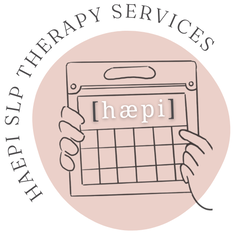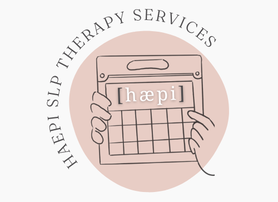|
Speech therapy often relies heavily on reinforcement, so how do we balance when we can use positive reinforcement in ways such as token boards and sticker charts, and when should we steer clear?
Using a neurodiversity-affirming lens, this is all going to depend on WHO you are working with, WHAT your goals are, and THE MOTIVATION behind the goals. Token boards and positive reinforcements are not inherently bad tools, and I use them myself in my daily life (as they are INTRINSICALLY motivating for me!). I also often do include reinforcement activities when working with neurotypical children on goals such as speech sounds. The problem is when we use these tools to positively reinforce neurotypical behaviours or communication styles in children who are not neurotypical. This can be harmful because we are relying on extrinsic reinforcement for something as human as communication, of which there are many styles and methods, and one is not better than the other. We are inadvertently telling our children that their style is not welcome and they have to conform/adapt/mask to ours. So what can we do instead? We want to honour TOTAL communication from the child. We follow the child's lead and interests, and incorporate their interests into sessions to provide that intrinsic motivation. Communication shouldn't be work or uncomfortable for our children, and our goal should be to provide an environment where communication and connection are intrinsically motivating. Do you have questions? Drop them below! by Halle Demchuk, SLPPaediatric SLP | GLP-Trained Clinician | Owner of HAEPI SLP |
The HAEPI BlogCheck here for HAEPI updates, helpful SLP information, free resources, articles, and more!
Archives
June 2024
Categories
All
|
Empowering Happy Communicators |
get in touch |
Quick Links |
© HAEPI SLP THERAPY SERVICES.
HAEPI SLP Therapy Services is proudly neurodiverse, Indigenous-owned, and woman-operated.
We acknowledge that the City of Thunder Bay has been built on the traditional territory of Fort William First Nation, signatory to the Robinson Superior Treaty of 1850. We also recognize the contributions made to our community by the Métis people. We strive as guests on these lands to honour our responsibilities to care for this land and uphold the Treaties that were signed therein.



